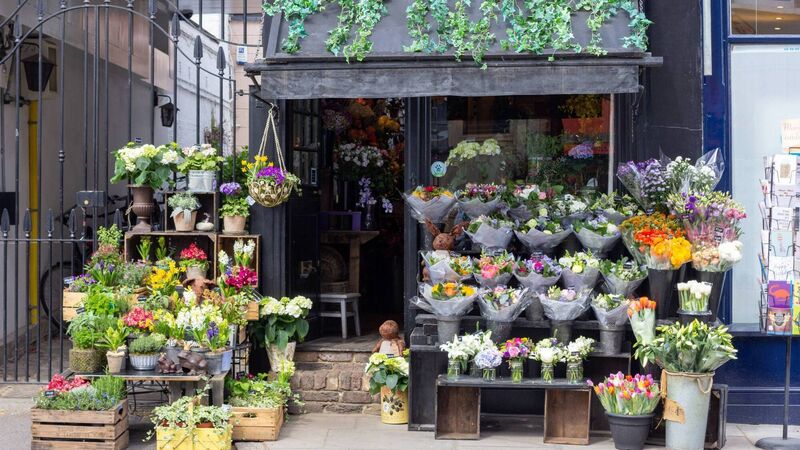Household spending outpaces inflation showing 'real gain' in consumption

Valentine's Day is likely to have provided a significant boost to florists, with spending typically rising by up to six times the normal daily average during this period. Picture: iStock
Bank of Ireland customers increased their debit and credit card spending for January, with an acceleration in the pace of household spending growth to 6.1%, the lender revealed.
That is up from 4.5% in December, with the growth broad-based across various sectors, significantly outpacing the current CPI inflation rate of 1.4%.
This indicates a real gain in consumption of approximately 4%, Bank of Ireland said.
A key highlight of January's spending was a surge in summer holiday planning.
Travel agencies saw a 50% increase in sales from December, while airine spending rose by 90%. Although year-on-year growth in these categories was modest, spending on hotels and resorts increased by almost 5%.
Spending on sports clubs saw a substantial 23% year-on-year rise, reflecting ‘New Year, New You’ resolutions, the bank noted.
However, the January sales season's impact on retail was less pronounced, with clothing sales down 5% year-on-year, although electrical goods saw a 6.4% increase.
November and December are now the most important months for sales of both these items, Bank of Ireland added.
Despite the January sales season not providing a significant boost to retail spending, likely due to the prominence of Black Friday and Cyber Monday sales in November and December, spending on services saw a 4.2% year-on-year increase, driven by higher expenditure on travel and other services.
ATM withdrawals decreased in January by 2% year-on-year, now accounting for just 12% of total card spending, down from nearly one-third pre-pandemic.
Bank of Ireland chief economist Conall Mac Coille said:
"Notably, cash withdrawals now account for just €1 in every €10 spent by Irish households, well down from one third just a couple of years ago,” he said.
Looking ahead, Bank of Ireland forecasts a 3% real growth in consumer spending for 2025.
“Several indicators support this optimistic outlook, including employment growth at 3.7%, a low unemployment rate of 4%, and average earnings growth of 5%, which is above the CPI inflation rate of 1.4%.
"Budget 2025 tax cuts, worth 2% of disposable incomes at the average wage, are also expected to bolster consumer spending”, said Mr Mac Coille.
Valentine's Day is likely to have provided a significant boost to florists, with spending typically rising by up to six times the normal daily average during this period. There has been a consistent decline in spending on online dating services, down 17% year-on-year in January and 43% since the peak in 2021.
Earlier this month, the Central Bank of Ireland said total value card transactions rose by more than 14% last year compared to 2023, amounting to €102.6bn in the 12 month period.
Figures by the regulator show that the annual value of card transactions rose by €12.7bn last year, with the number of card payments also rising by more than 13% to 2.66bn.














